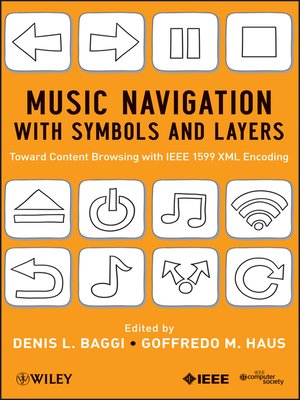Music Navigation with Symbols and Layers
ebook ∣ Toward Content Browsing with IEEE 1599 XML Encoding
By Denis L. Baggi

Sign up to save your library
With an OverDrive account, you can save your favorite libraries for at-a-glance information about availability. Find out more about OverDrive accounts.
Find this title in Libby, the library reading app by OverDrive.



Search for a digital library with this title
Title found at these libraries:
| Library Name | Distance |
|---|---|
| Loading... |
Anyone wanting to realize a computer application using IEEE 1599 — music and computer science departments, computer generated music research laboratories (e.g. CCRMA at Stanford, CNMAT at Berkeley, and IRCAM in Paris), music library conservationists, music industry frontrunners (Apple, TDK, Yamaha, Sony), etc. — will need this first book-length explanation of the new standard as a reference.
The book will include a manual teaching how to encode music with IEEE 1599 as an appendix, plus a CD-R with a video demonstrating the applications described in the text and actual sample applications that the user can load onto his or her PC and experiment with.







